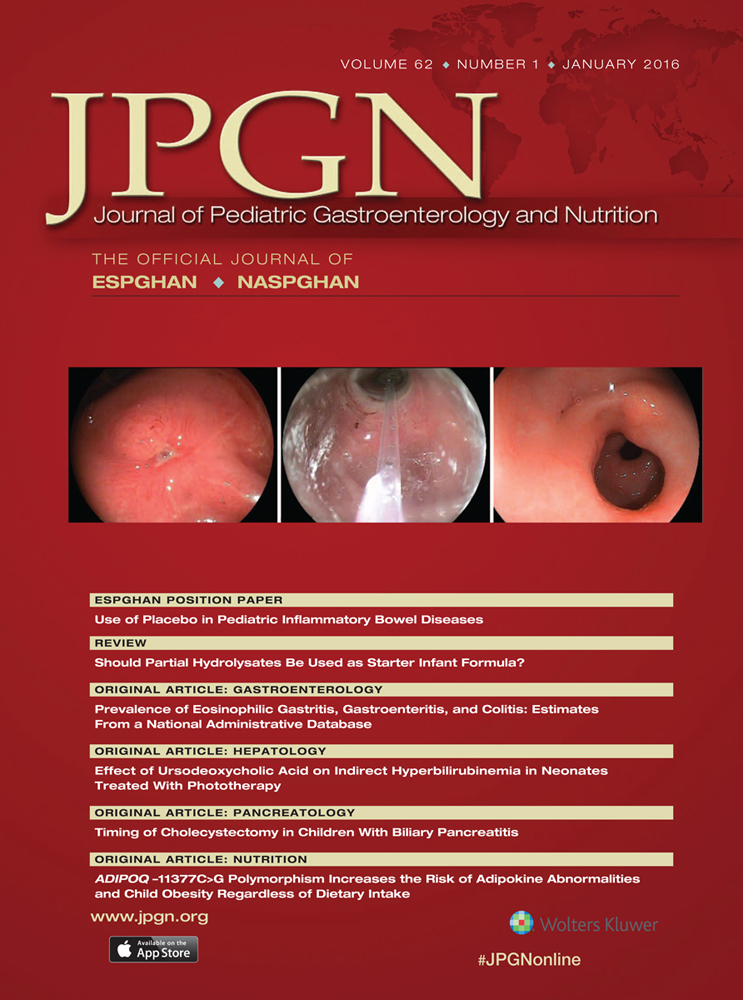Effect of Ursodeoxycholic Acid on Indirect Hyperbilirubinemia in Neonates Treated With Phototherapy
This article was adapted from Elham Ghashghaei Saadi's thesis for specialization in pediatrics.
This study was supported in part by grant no. 3827 from the research vice-chancellor of Shiraz University of Medical Sciences, Shiraz, Iran.
The authors report no conflicts of interest.
ABSTRACT
Background:
Hyperbilirubinemia is a common neonatal problem. The present study aimed to investigate the effect of ursodeoxycholic acid in reducing indirect hyperbilirubinemia of infants under phototherapy.
Methods:
This double-blind randomized clinical trial was conducted on neonates with jaundice, who had received phototherapy in the hospitals affiliated with the Shiraz University of Medical Sciences in 2013. A total of 80 neonates were enrolled in the study and were randomly divided into 2 groups. The intervention group (n = 40) with indirect hyperbilirubinemia received 10 mg · kg−1 · day−1 divided every 12 hours Ursobil (capsule 300 mg) in addition to phototherapy, whereas the control group (n = 40) received only phototherapy. Total bilirubin levels were measured every 12 hours until reaching <10 mg/dL, and then phototherapy was disrupted. The duration of phototherapy was measured. The 2 groups were compared regarding total bilirubin levels at different time points and duration of phototherapy using the generalized estimating equation (GEE) test.
Results:
The mean of total bilirubin in the intervention group was 12 ± 1.6, 10 ± 1.1, and 9.8 ± 0.2 mg/dL 12, 24, and 48 hours after the beginning of phototherapy, respectively. On the contrary, these measures were 14.4 ± 1.3, 12.5 ± 1.4, and 10.1 ± 1.1 mg/dL in the control group, respectively, (P < 0.05). The mean time required for phototherapy to decrease the bilirubin level to <10 mg/dL was 15.5 ± 6 and 44.6 ± 13.3 hours in the case and the control group, respectively, (P = 0.001).
Conclusions:
Ursodeoxycholic acid had additive effect with phototherapy in neonates with indirect hyperbilirubinemia. This drug also reduced the time period needed for phototherapy and, consequently, decreased the hospitalization period.




